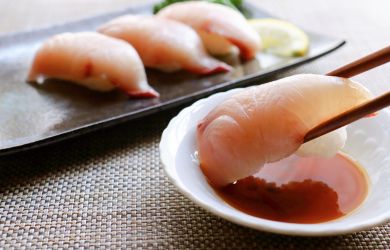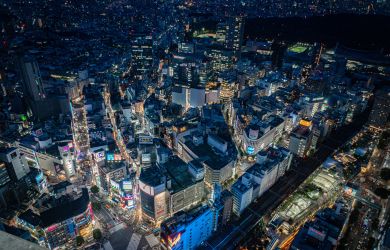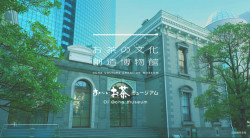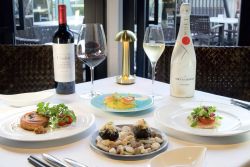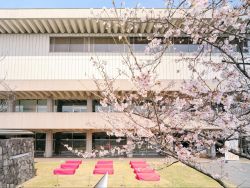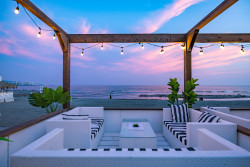
Originally published on metropolis.co.jp on January 2011

Photos courtesy of The Chef’s Table
The economic slowdown has affected almost every industry in Japan, but restaurants have been particularly hard hit. So anyone who opens a new high-end eatery these days had better have a new concept to make it work. Luckily, the folks behind The Chef’s Table may just have hit on a winning idea.
The restaurant is located on the fifth floor of an unassuming building just above Azabu-Juban station. When the elevator doors opened, I had the feeling that I was entering the private dining room of a small but elegant apartment in New York’s Upper East Side. As the friendly maître d’ took our coats, I gazed around the cozy room with dark wood furnishings and glass-fronted cabinets displaying ceramic dishes and glassware. It was so intimate that I could easily have been in someone’s home.
The Chef’s Table only opens when there are bookings, eliminating the dependence on walk-ins that can cripple so many other restaurants. The entire place seats only 12, either at one long table or three smaller ones. And while the menu can be adapted to meet specific requests, generally everyone who eats at the same sitting eats the same food.
The chefs are two Colombian brothers who formerly worked at the renowned Oak Door and Fiorentina restaurants in the Grand Hyatt Tokyo hotel. They prepare innovative, undeniably delicious European fusion dishes using seasonal Japanese ingredients. Dinner at The Chef’s Table consists of six mouthwatering courses for ¥12,000-¥18,000, depending on the type of wine that accompanies the food.
Our meal started off with an amuse-bouche of white asparagus and artichoke heart wrapped in prosciutto and served on a bed of baby greens. The smoky flavors were delicate enough to prepare us for what came next: an appetizer of sautéed foie gras with a sauce of red wine and strawberry. I’ve never been a big fan of foie gras, finding it too rich and oily, but this dish was absolutely fantastic. The texture was smooth, and the berry sauce lent it a hint of sweetness that made it seem lighter than most.
 After a bowl of Spanish-style minestrone soup, the fish course arrived: grilled sea bass with sautéed spinach and a pair of sauces (one basil, one yellow bell pepper). The fish was soft and fleshy with a buttery taste, but it was also healthy because the chef had grilled it instead of pan-frying it—a nice bonus.
After a bowl of Spanish-style minestrone soup, the fish course arrived: grilled sea bass with sautéed spinach and a pair of sauces (one basil, one yellow bell pepper). The fish was soft and fleshy with a buttery taste, but it was also healthy because the chef had grilled it instead of pan-frying it—a nice bonus.
I was beginning to think I couldn’t eat any more, but changed my mind with the arrival of the main course. Thin slices of a tender Australian filet mignon that had absolutely no visible fat were seared on the edges and served in a garlic sauce with roasted zucchini. The meat was some of the best I’ve had in Japan, cooked until crispy on the outside with a beautiful gradation of grey to pink in the center.
At this point I was enjoying the meal and the conversation so much that I scarcely remember the crème brûlée and espresso we had for dessert, but as an overall experience, it’s not one that’s easy to forget. There’s something very indulgent about having an entire restaurant to oneself, and as we left The Chef’s Table, we felt we had been treated like royalty.

